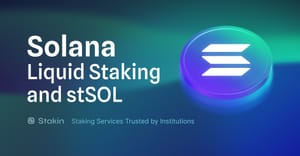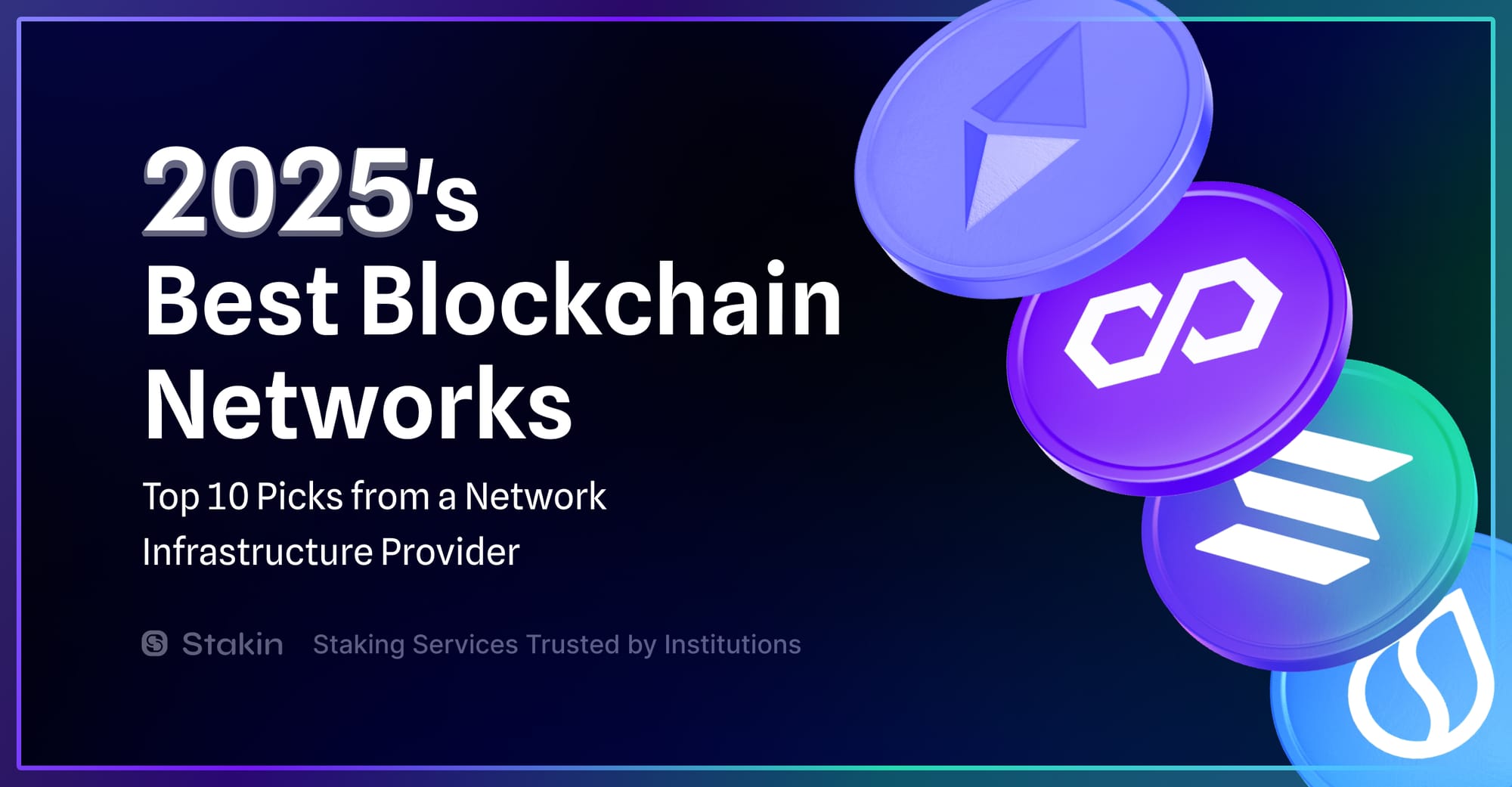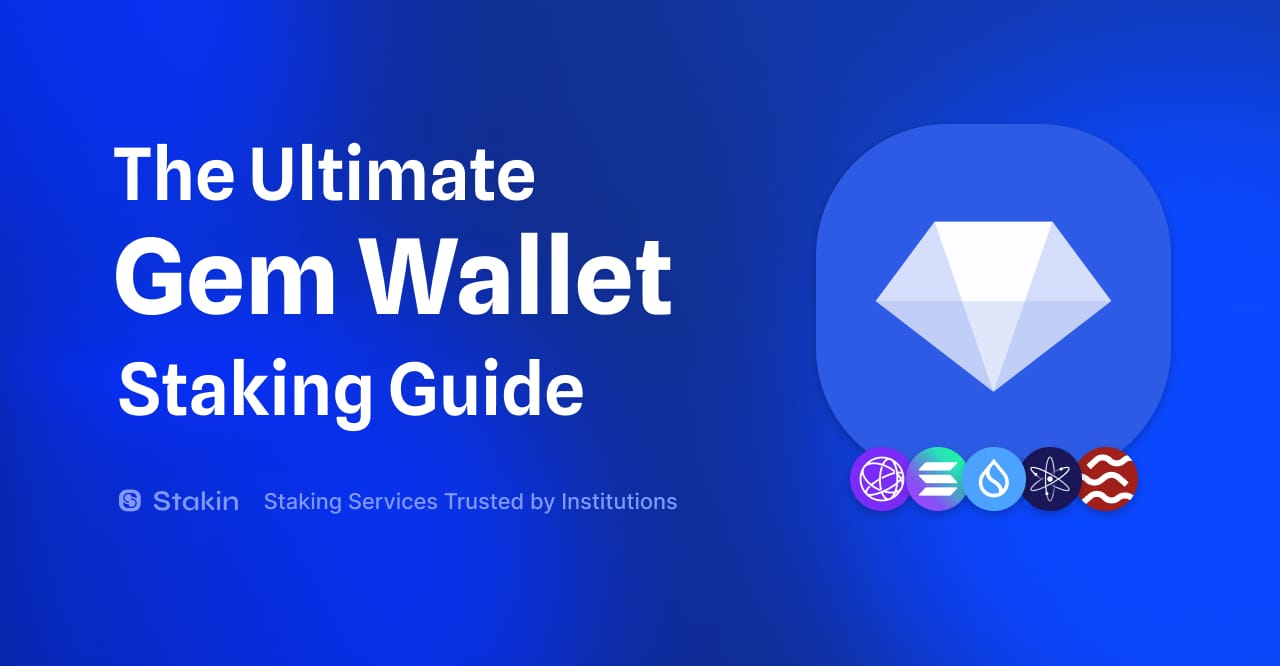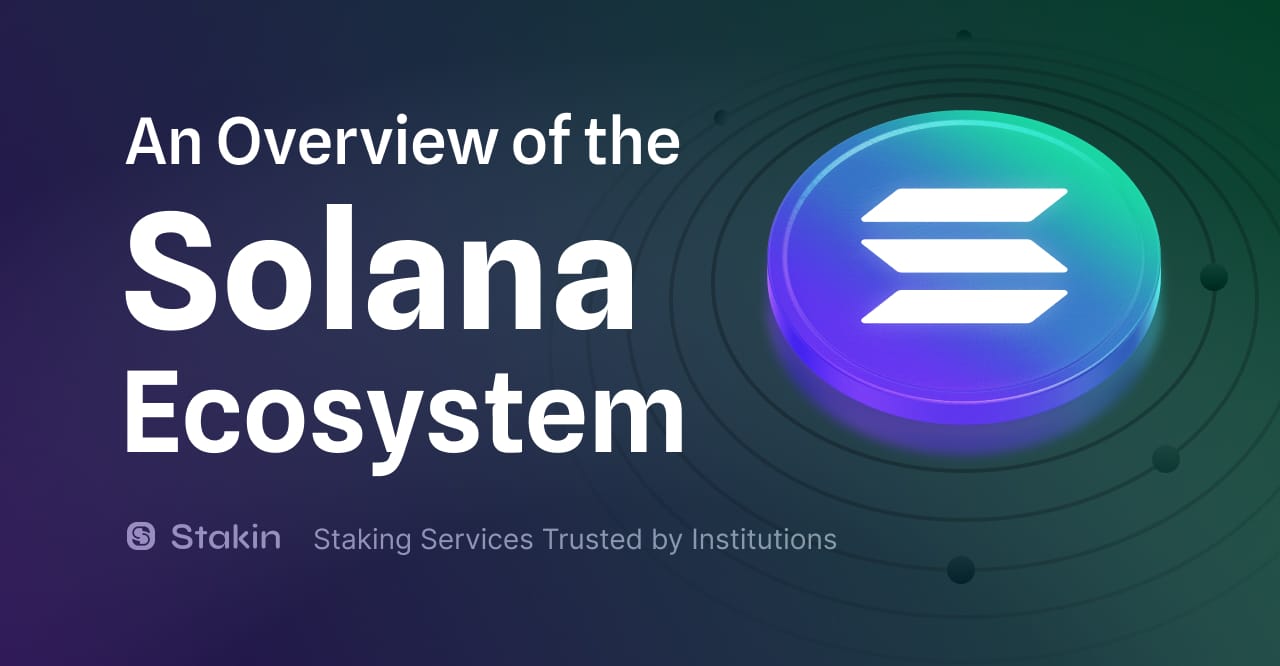Lido for Solana is a Lido-DAO governed liquid staking protocol built for the Solana blockchain. Anyone who stakes their $SOL on Lido receives an on-chain representation of $SOL staking positions with Lido validators. This representation is conveniently named stSOL (staked $SOL). stSOL allows Solana token holders to keep their staked SOL liquid, trade or use the asset as collateral in DeFi DApps.
Liquid Staking For Solana
The Solana ecosystem is growing tremendously. According to data from CoinMarketCap, Solana’s L1 smart contract platform outperformed Ethereum and BNB Chain regarding the number of daily active users (measured from November 2021 until July 2022). During the bear market, Solana saw a 50.0% increase in daily active addresses. On the other hand, Ethereum and BNB Chain saw a significant decline during the same time frame.
Daily active users on Ethereum decreased by 27.2%, while those on BNB Chain dropped by 68.8%. According to CoinMarketCap, Solana's growth may result from developing its DeFi and NFT ecosystem.
Some of the key Solana ecosystem applications include the well-known Phantom Wallet, and the recently launched OpenSea on Solana, among many others, such as Lido on Solana, Marinade, Saber, Magic Eden, Jupiter, and more. With over $17bn staked (at the time of writing), Solana is now also in the Top 5 of Proof-of-Stake networks by staked value.
Liquid staking increases Solana's usability by improving the staking user experience, diversifying risks across multiple operators and nodes, providing instant liquidity (which can also be leveraged to earn secondary rewards), and using DeFi protocol integrations that support stSOL.
You may also be interested in:
So, how does it work? Well, holders of $SOL tokens connect their wallets and add tokens to Lido. In exchange, they are given stSOL tokens that represent a portion of the entire staking pool immediately. Lido stakes $SOL to selected validators under its control on the Solana network. As these delegations earn rewards for their stakes, the total $SOL under management rises, raising the price of stSOL tokens.
Solana Liquid Staking is a one-step process, as the pool manages the validator diversification. Additionally, your earning starts from the moment of your deposit (reflected in the value appreciation of stSOL tokens), and there is no waiting time for receiving stSOL. As is customary in traditional staking, a liquid staking user does not need to perform or wait for the completion of any delegation or activation steps to delegate their $SOL. At any time, the user can instantly trade stSOL for $SOL in the open market.
Staggered withdrawals are possible in Lido for Solana. These direct withdrawals benefit large withdrawals and take a few epochs to process. However, for small withdrawals, most users will probably find that exchanging stSOL to a DEX (for example, to SOL) is the best option for getting out of a staking position with Lido.
stSOL DeFi Ecosystem
Since stSOL is composable across the Solana DeFi ecosystem, there are many ways to generate yield with stSOL. Let’s have a look at a few examples. First, you can utilize stSOL by lending it out in a decentralized lending market such as Solend. Below, you’ll find a few more DeFi dApps that are allowing you to utilize your stSOL.
Raydium and Serum
Using the central order book of the Serum decentralized exchange (DEX), Raydium, an automated market maker (AMM) built on the Solana blockchain, has launched a stablecoin pool with stSOL. But other stSOL liquidity pools, such as an ETH pool, also exist. Serum's central limit order book is aggregated by Raydium's AMM, giving pools access to all order flow and liquidity on Serum.
Saber
Saberis an automated market maker and liquidity pool on Solana designed for efficient trading between similarly priced (pegged) assets without an opportunity cost. This trading activity results in fees for liquidity providers, resulting in a safer, lower-risk staking opportunity representing real-world transaction volume.
Katana
Furthermore, stSOL can also be used in structured deposits like Katana, to sell weekly out-of-the-money calls on them and thus, generate yield based on price action rather than token rewards.
Orca
Orca aims to make exchanging cryptocurrencies as simple as possible. On the platform, you can exchange tokens for a fair price while paying only a small amount in transaction fees and experiencing lower latency than on any other DEX on Ethereum. You can also lend liquidity to a trading pool to receive a cut of the trading commissions.
For a further overview of all the different DeFi integrations for stSOL, have a look at the lido stSOL DeFi overview, found via https://solana.lido.fi/defi
Lido on Solana Governance & Validators
Lido for Solana is part of Lido’s Decentralized Autonomous Organization (The Lido DAO), which governs and enables the development of liquid staking solutions on several blockchains, such as Ethereum and Solana. Through the Lido DAO, the Lido community determines the long-term objectives for Lido on Solana.
How To Acquire and Sell stSOL
There are different ways to acquire your stSOL. The primary way being actively participating in the Lido on Solana staking pool. While the economics around stSOL might sound complicated, minting stSOL is very straightforward. All you need to do is go to https://solana.lido.fi and stake $SOL to receive stSOL. Remember that it might take 2 - 3 days (1 Solana Epoch) to unstake your assets if you want to receive your $SOL.
Trading stSOL
You can also obtain stSOL or sell stSOL via a token swap such as Raydium, Saber, or Jupiter. To do so on either platform, you must connect your wallet and select the asset you’d like to swap for stSOL (or vice versa). Please note that you’ll need to do your own due diligence to find the best Solana exchange for you. But that’s not all; you can also acquire your stSOL on FTX.
Redeem stSOL
The Unstake tab lets Lido users withdraw SOL (see image below). However, directly withdrawing stakes from Lido will result in a roughly 3-day stake deactivation period (1 Epoch). Through liquidity pools on AMM protocols and other DEXes, immediate withdrawal options are accessible in the open market where one can instantly exchange stSOL for SOL. Trading stSOL directly on an exchange is recommended if you want to receive SOL immediately.
If you’re wondering how much stSOL you’re eligible for, here’s how it works. The current stSOL balance in your Lido on Solana account indicates the number of SOL it is worth. Therefore, if you’d like to redeem all your stSOL tokens, you will receive the indicated number of SOL. If you subtract this SOL amount from the amount of SOL invested in Lido, you get your lifetime earnings. Happy staking everyone!
DISCLAIMER: This is not financial advice. Staking, delegation, and cryptocurrencies involve a high degree of risk, and there is always the possibility of loss, including the failure of all staked digital assets. Additionally, delegators are at risk of slashing in case of security or liveness faults on some protocols. We advise you to do your due diligence before choosing a validator.



